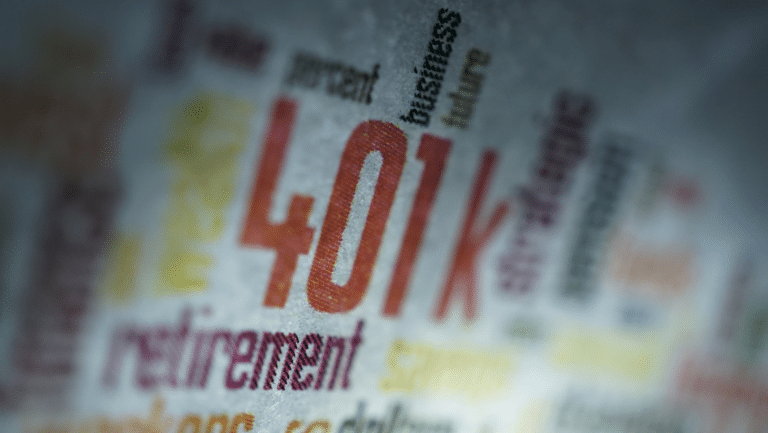IRS Finalizes ABLE Account Regulations: Here’s What to Know
The IRS recently published final regulations for Achieving a Better Life Experience, or ABLE, accounts for disabled Americans. ABLE accounts aim to help people with disabilities and their families save and pay for disability-related expenses. Even though the contributions aren’t deductible, distributions such as earnings are tax-free to the designated beneficiary if they’re used to…










